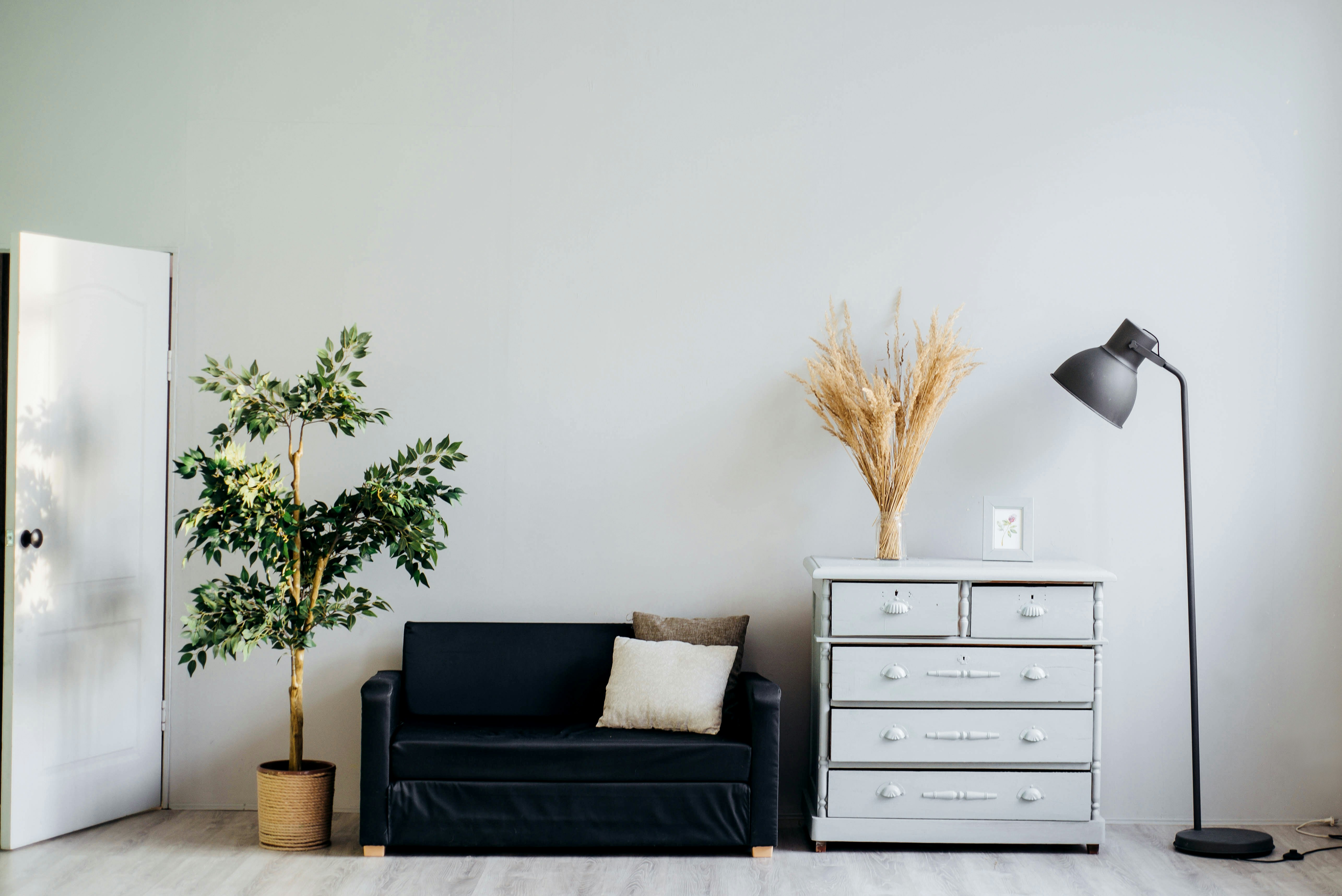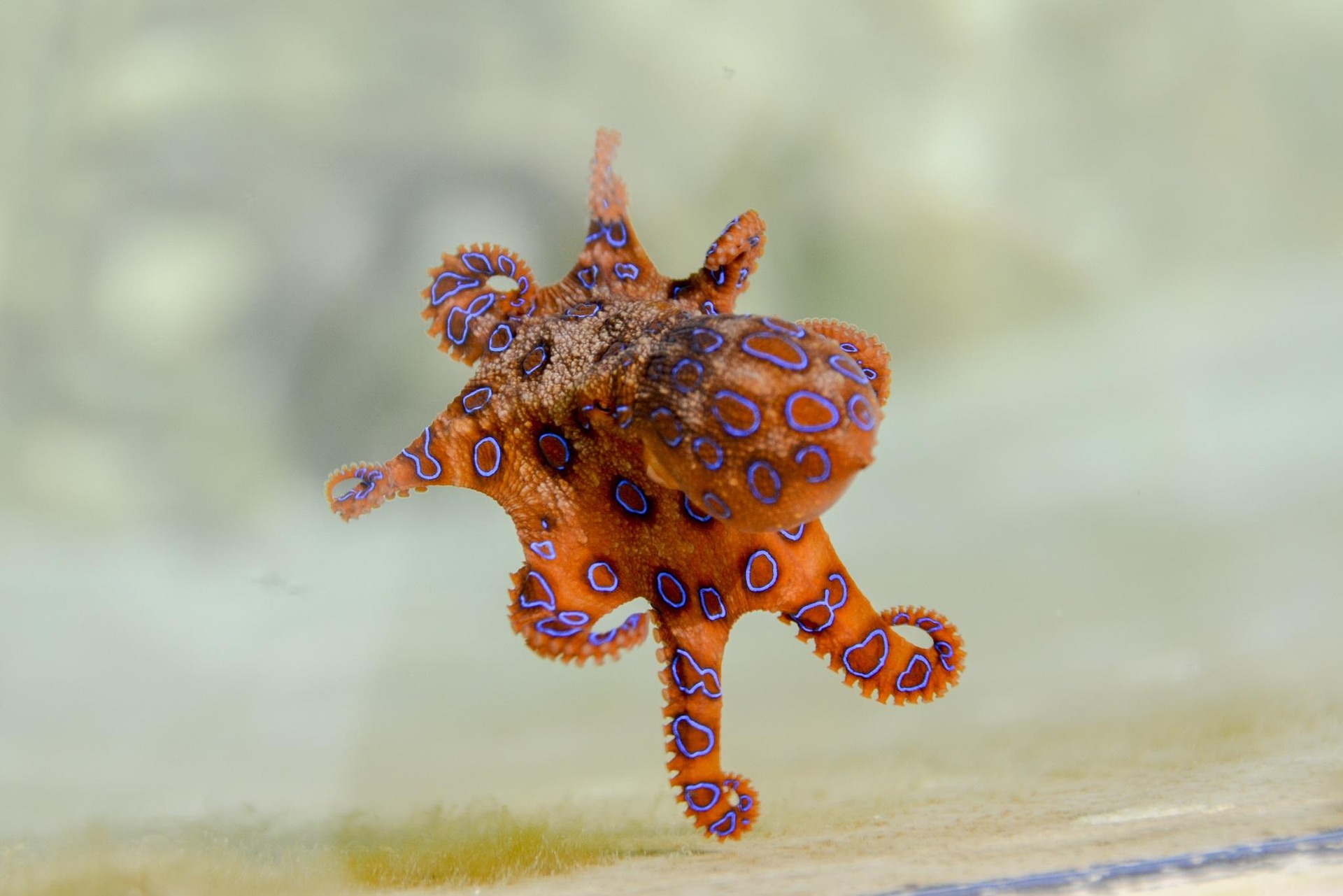Biophilic Design: Enhancing Homes with Nature-Inspired Décor
A breath of fresh air, the rustling of leaves, the soothing chirps of birds—there's a certain comfort and tranquility in the embrace of nature. Now, imagine transferring this serene feeling inside your home. This is what Biophilic Design—a trend that's steadily gaining traction in the world of interior design—promises. Let's delve into the history, current trends, and practical benefits of this intriguing design approach.

Rooting Biophilic Design in History
Biophilic design may seem like a new-fangled concept, but its roots are deeply connected to our ancestors. It springs from the biophilia hypothesis, a term coined by renowned American biologist Edward O. Wilson in 1984. It suggests an innate, genetic connection between humans and the natural world, affirming that we feel better in environments rich with nature.
Over the years, architects and interior designers have harnessed this theory, aiming to incorporate natural elements into living spaces to enhance wellbeing. However, it was not until the 21st century that biophilic design truly started to flourish, garnering attention with its focus on sustainable materials, natural light, and indoor plants.
The Blossoming Trends of Biophilic Design
In the contemporary design landscape, biophilic design is experiencing a renaissance. Designers are going beyond merely adding plants and are now ensuring that homes offer abundant natural light, fresh air, and views of the outdoors.
One emerging trend is the use of natural materials like wood, stone, and bamboo in furniture and other decor elements. These materials not only bring an organic aesthetic but also create a tactile experience, further enhancing the connection with nature.
Vertical gardens, also known as living walls, are another popular trend. These lush, green installations not only serve as stunning focal points but also improve air quality.
The Practicality and Benefits of Biophilic Design
More than a decorative novelty, biophilic design is a practical approach that can significantly enhance your living experience. Research suggests that being in a nature-inspired environment can reduce stress, enhance cognitive function, and improve mood.
Moreover, as the market trends reflect, more people are willing to invest in homes that promote wellness, making biophilic design a valuable asset. Properties with biophilic elements are known to have increased market value, indicating that this approach is not just an aesthetic trend but a wise investment.
Biophilic Design and Daily Living: A Harmonious Union
At its core, biophilic design is about integrating the soothing qualities of nature into everyday living spaces. It could be as simple as positioning your workstation beside a window for natural light or as elaborate as designing a courtyard filled with native plants.
This design approach is not about having a green thumb or investing in expensive pieces; it’s about fostering a connection with nature. Even a small plant on your desk or a nature-inspired wallpaper can make a difference, transforming your home into a sanctuary of peace and tranquility.
On the Horizon: The Future of Biophilic Design
If the current trends are anything to go by, biophilic design is here to stay. As our lives get increasingly digital and disconnected from nature, this approach serves as a gentle reminder of our roots.
Moreover, as sustainability continues to be a significant concern, using natural materials and promoting energy efficiency are likely to gain even more importance.
Indeed, biophilic design is not just a passing fad—it’s a design revolution that’s transforming our homes and our lives for the better.
Undoubtedly, biophilic design is a trend that combines style, functionality, and well-being. It’s a testament to the fact that good design is not just about aesthetics—it’s about creating an environment that promotes health and happiness. So, why not bring a slice of nature into your home and experience the magic of biophilic design?




